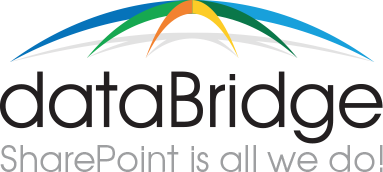SharePoint is a powerful collaboration and document management platform developed by Microsoft. It serves as a centralized hub for organizations to create, share, and manage content, facilitating seamless collaboration and improving productivity within teams. SharePoint enables users to store and organize documents, spreadsheets, presentations, and other types of files in a secure and structured manner, making it easy to access and retrieve information when needed.
One of the key features of SharePoint is its ability to create websites and intranets. Organizations can build their own internal websites or portals using SharePoint, allowing employees to access important information, news, and resources in a centralized location. These sites can be customized and tailored to meet specific business needs, providing a user-friendly interface for employees to navigate and interact with the content.
Furthermore, SharePoint offers robust collaboration tools that enhance teamwork and streamline business processes. Users can create and manage shared calendars, tasks, and contact lists, enabling teams to coordinate their activities and stay organized. The platform also supports real-time co-authoring, allowing multiple users to simultaneously work on the same document, fostering collaboration and eliminating version control issues.
SharePoint incorporates powerful search capabilities, making it effortless to find relevant information within a vast repository of documents. The search feature can be customized to display results based on specific criteria, such as metadata, file types, or keywords. Additionally, SharePoint integrates with other Microsoft tools and applications, such as Microsoft Office Suite, Outlook, and Teams, providing a seamless workflow and enhancing productivity.
In summary, SharePoint is a versatile platform that combines document management, collaboration, and intranet capabilities to empower organizations with efficient content sharing, collaboration, and information retrieval. By leveraging its features, businesses can improve communication, streamline workflows, and foster a more productive and connected work environment.



